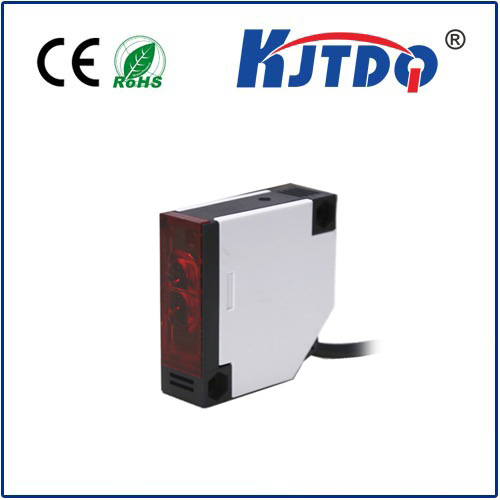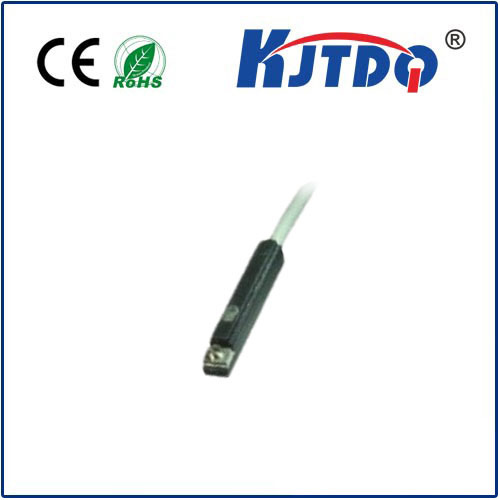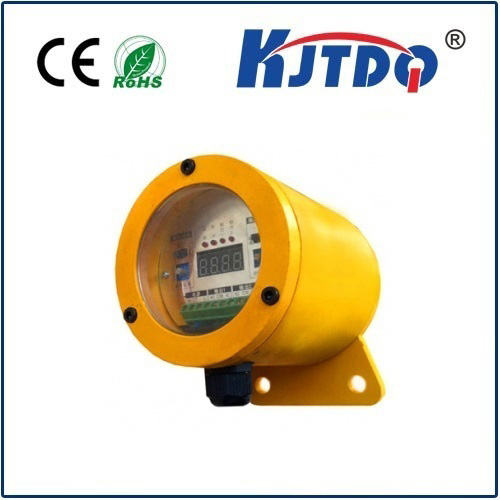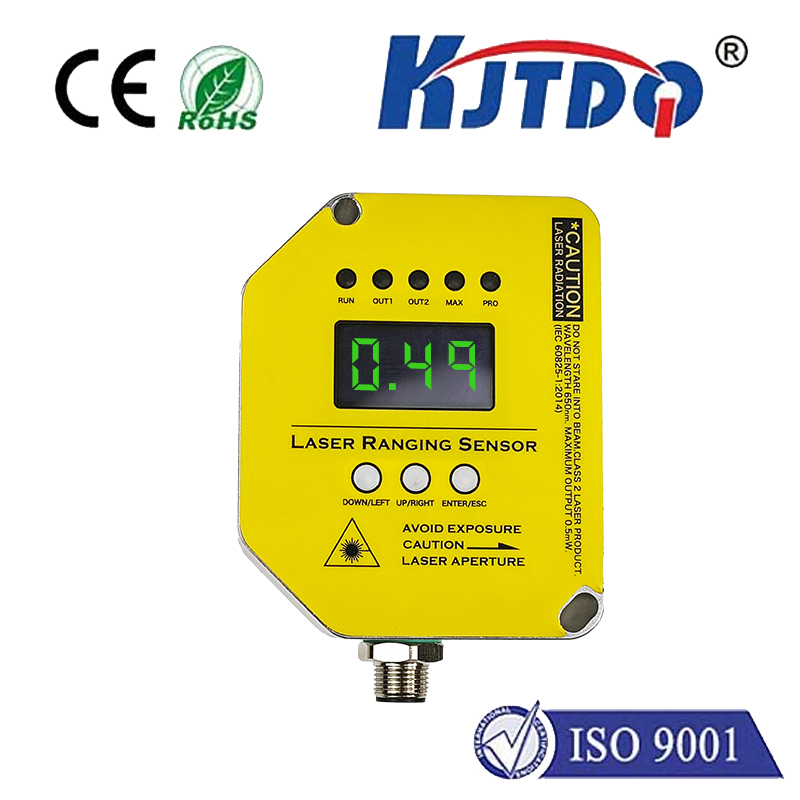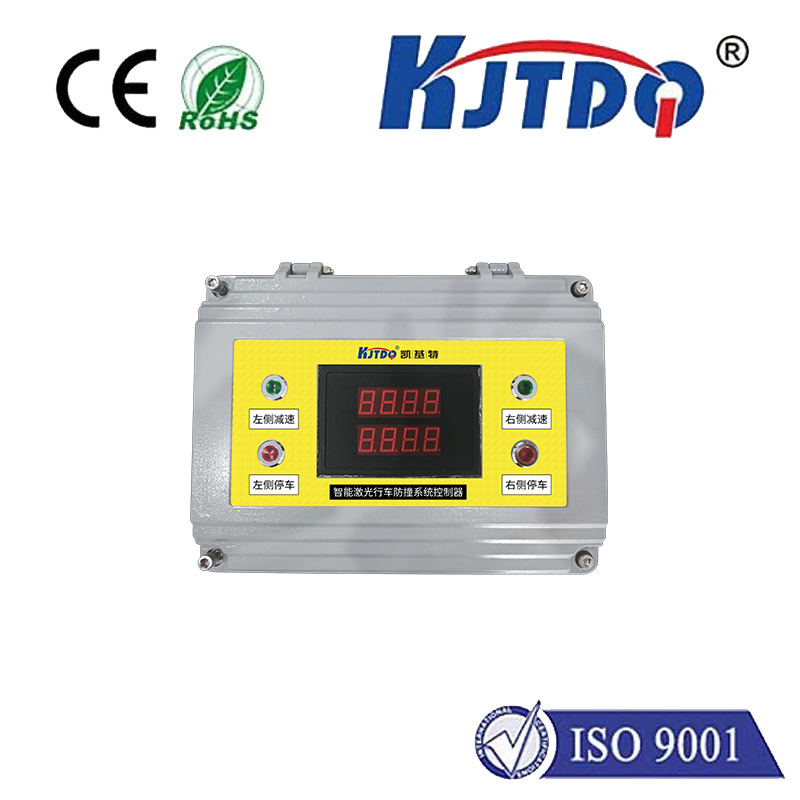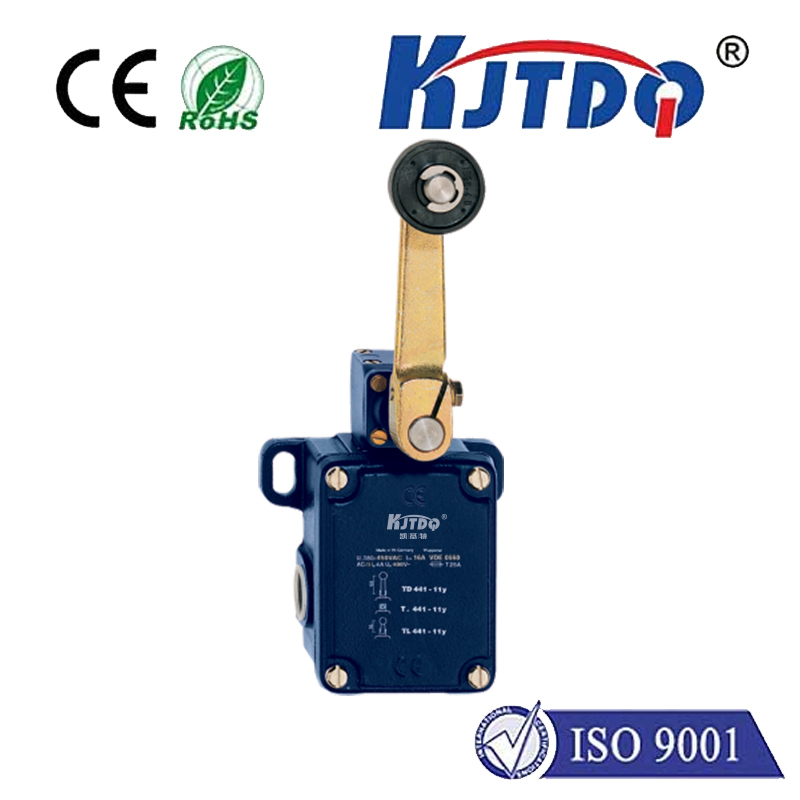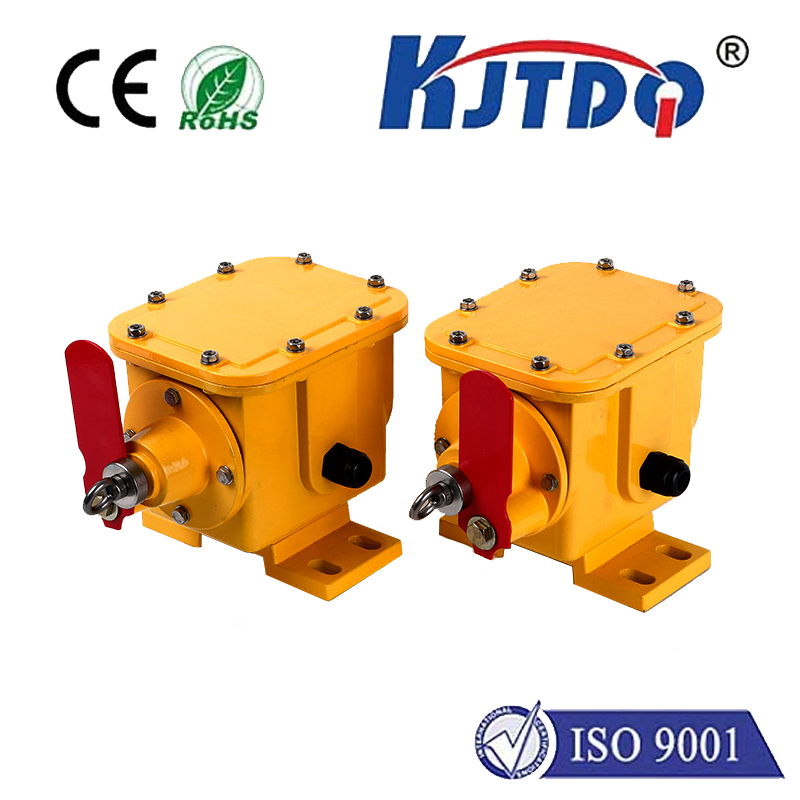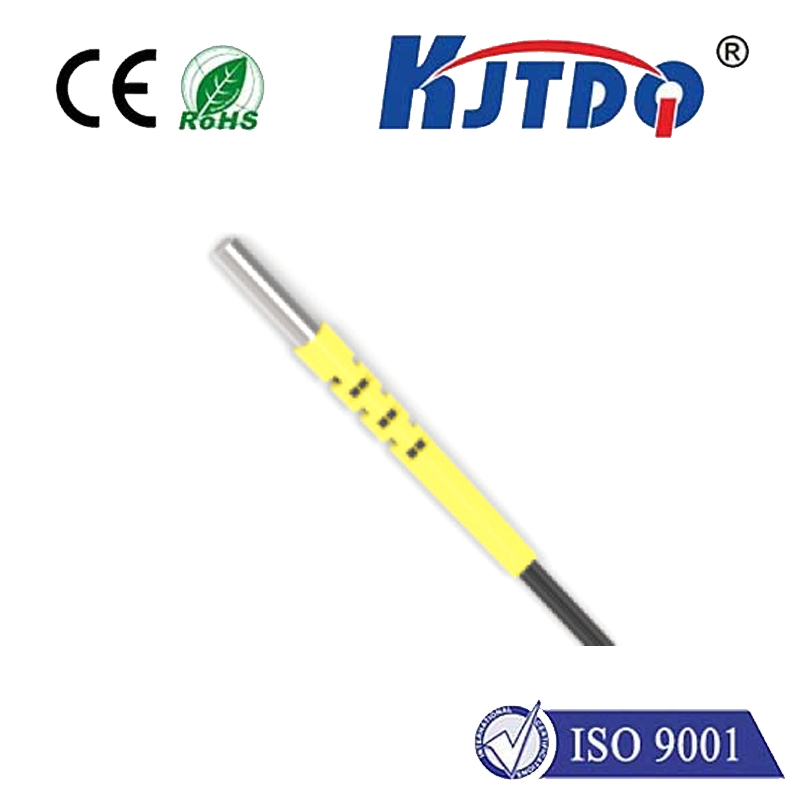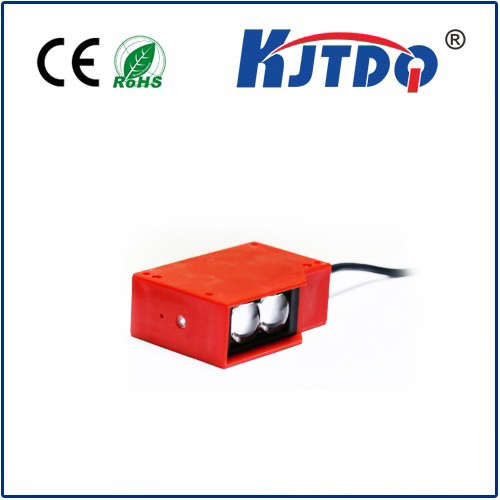

check

check

check

check
Imagine a cityscape where towering skyscrapers aren’t just monuments to commerce, but silent power plants generating clean energy. Envision homes with vast, sun-drenched windows that simultaneously illuminate interiors and reduce electricity bills. This isn’t science fiction; it’s the burgeoning reality enabled by photo electric glass. This innovative material is poised to revolutionize building design and energy sustainability, seamlessly merging functionality with aesthetics.
So, what exactly is photoelectric glass? Fundamentally, it’s specialized glass integrated with photovoltaic (PV) technology designed to convert sunlight directly into electricity, much like traditional solar panels. However, unlike bulky rooftop panels, photovoltaic glass is engineered to be transparent or semi-transparent, maintain structural integrity, and blend harmoniously with architectural elements. It transforms windows, facades, skylights, and even canopies from passive building components into active power generators. Key variations include building-integrated photovoltaics (BIPV), where the glass is the solar panel, replacing conventional cladding, and building-applied photovoltaics (BAPV), which are modules added onto existing structures.
The core magic lies in its sophisticated construction. Typically, photo electric glass consists of multiple layers:

Some advanced versions even incorporate laminated interlayers for enhanced safety and durability. The degree of transparency is a crucial factor, often customizable depending on the density and type of the PV cells embedded, allowing architects to balance energy generation needs with visibility and aesthetic preferences.
The applications for photoelectric glass are vast and continuously expanding:
The benefits of embracing photovoltaic glass are compelling and multi-faceted:
Of course, adoption comes with considerations. The initial investment for photoelectric glass is typically higher than conventional glass or standard solar panels, primarily due to the specialized manufacturing and integration processes. However, this cost is steadily decreasing as technology matures and production scales up. Crucially, this upfront cost must be weighed against the long-term value proposition: ongoing electricity savings, reduced HVAC costs due to improved insulation properties, potential building valuation increases, and achieving sustainability certifications like LEED. The payback period is continuously improving.
Furthermore, energy generation efficiency of transparent PV currently lags behind opaque silicon panels because allowing light to pass through means less light is absorbed for conversion. However, rapid advancements are being made, particularly with materials like perovskites and organic PV, promising significant efficiency gains in the near future. Installation also requires specialized expertise to ensure optimal performance and seamless integration with the building’s electrical system.
The trajectory for photovoltaic glass is undeniably upward. Research is relentlessly focused on boosting efficiency, enhancing transparency options, reducing costs, and improving durability. The integration of smart technologies, allowing dynamic control over tint and energy flow, adds another layer of sophistication. As urbanization intensifies and net-zero energy building targets become mainstream, the demand for dual-purpose, high-performance building materials will soar. Photoelectric glass transcends being merely a product; it represents a paradigm shift towards performative materials – surfaces that actively contribute to a building’s function and environmental well-being, fundamentally reshaping how we envision the built environment. It blurs the line between shelter and power plant, making every sunlit surface a potential contributor to a sustainable, energy-independent future.

